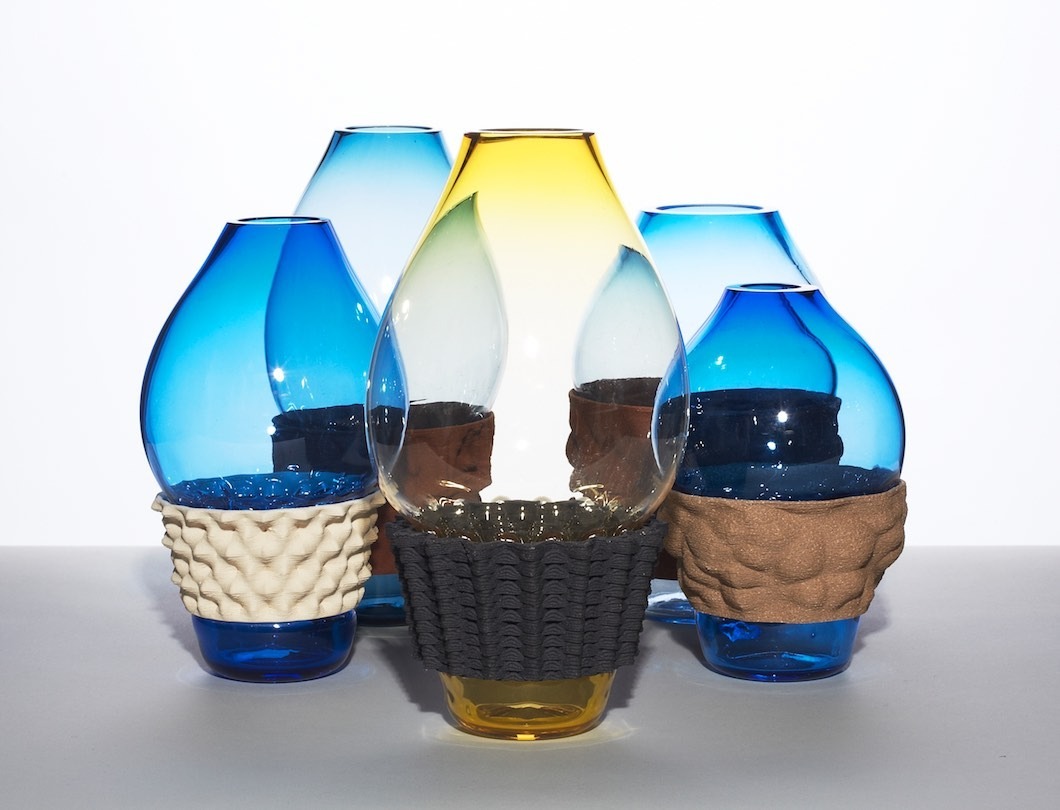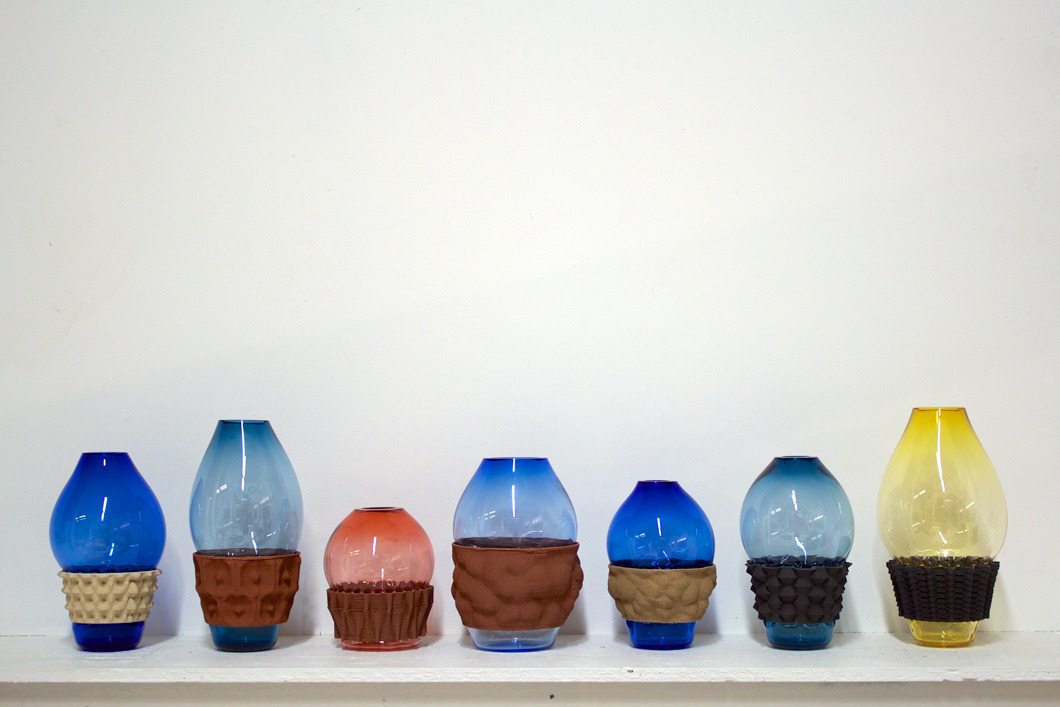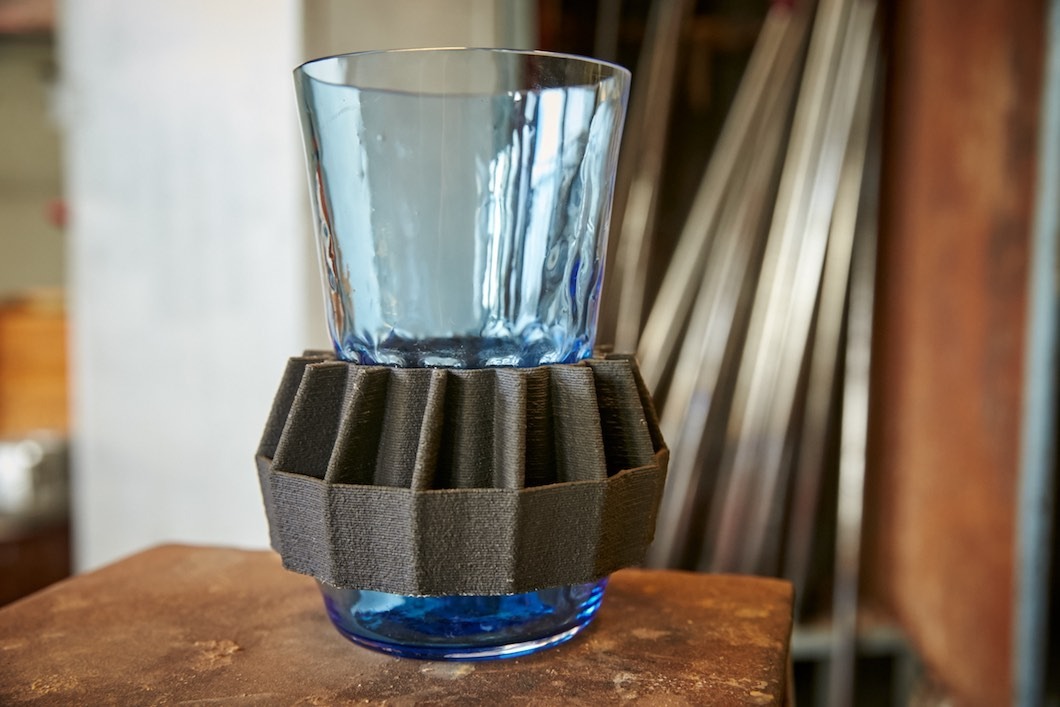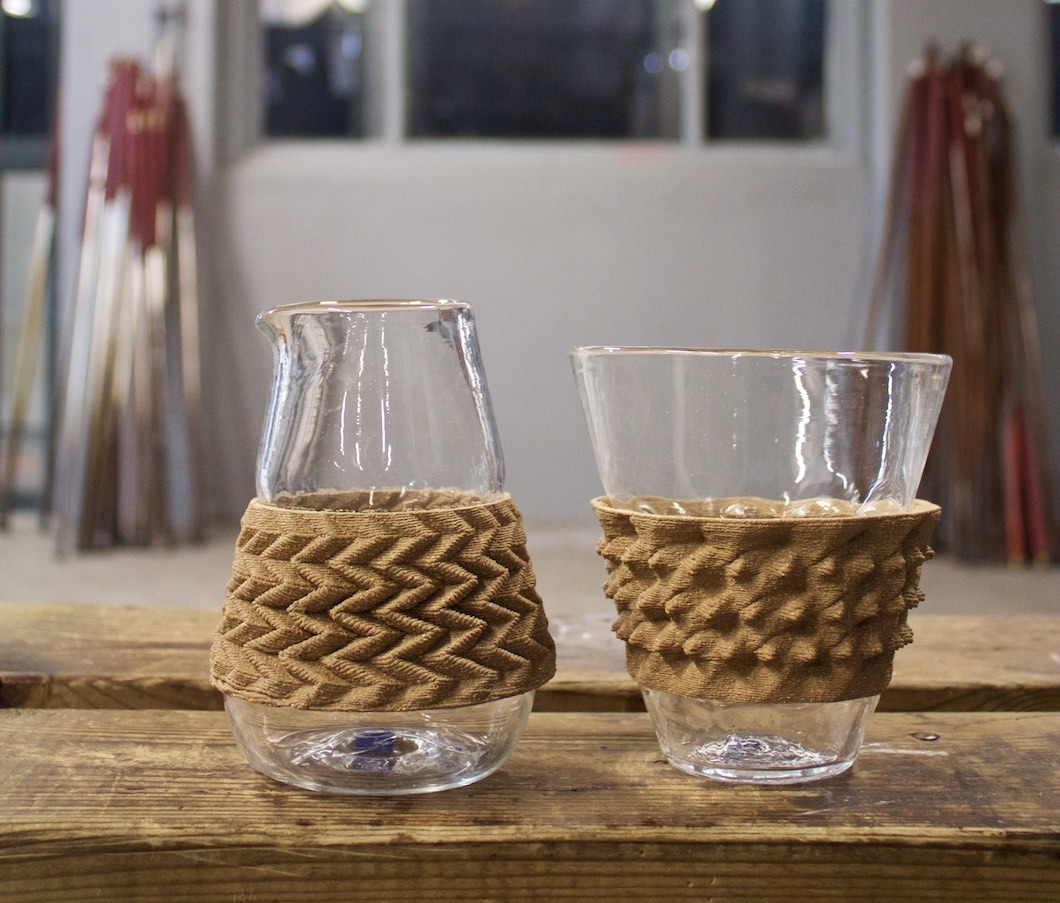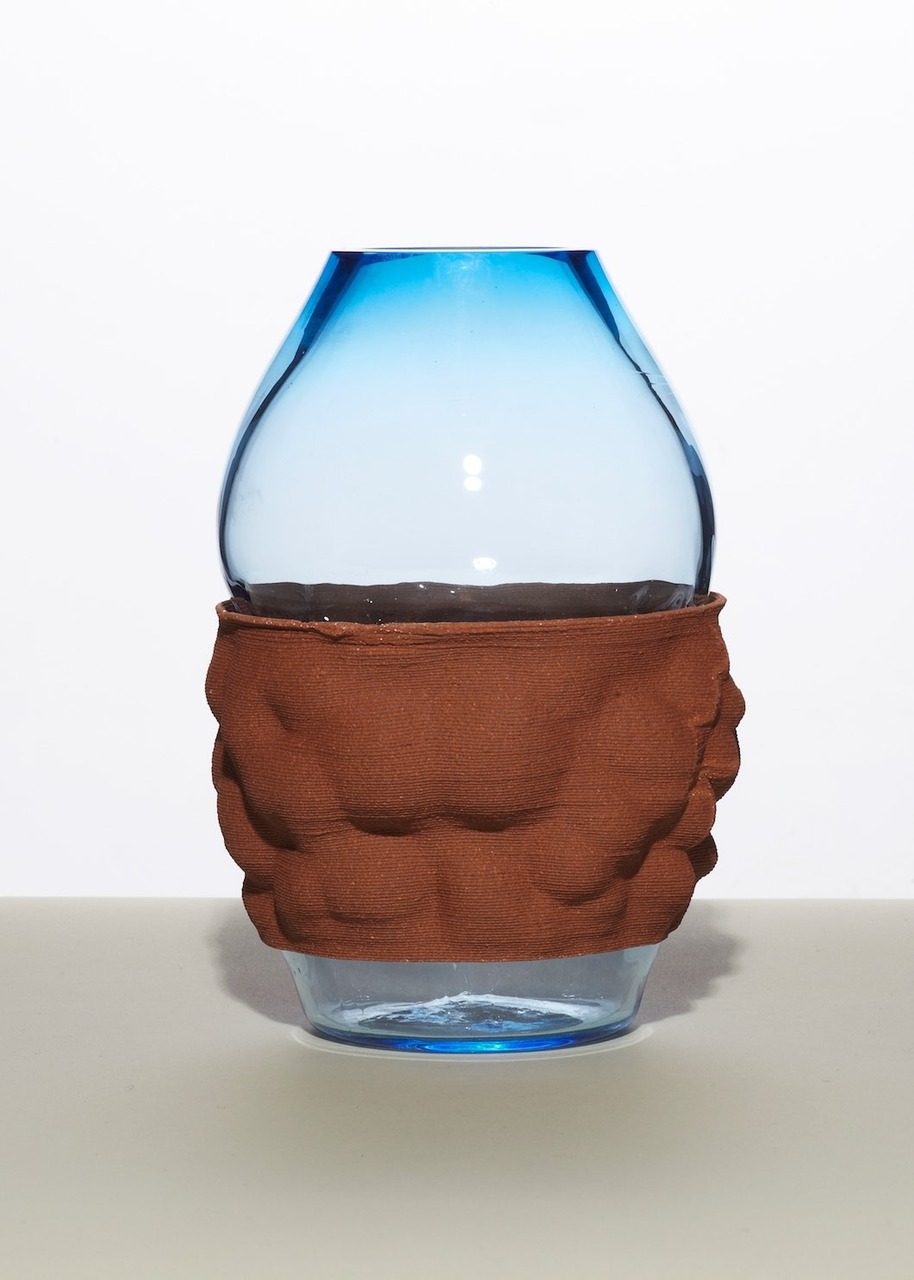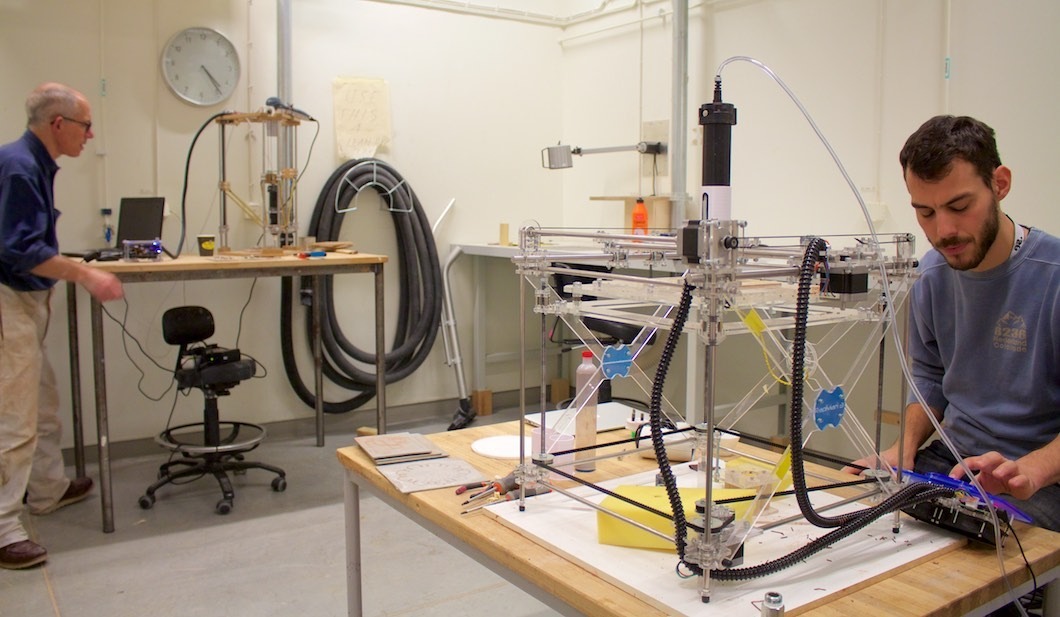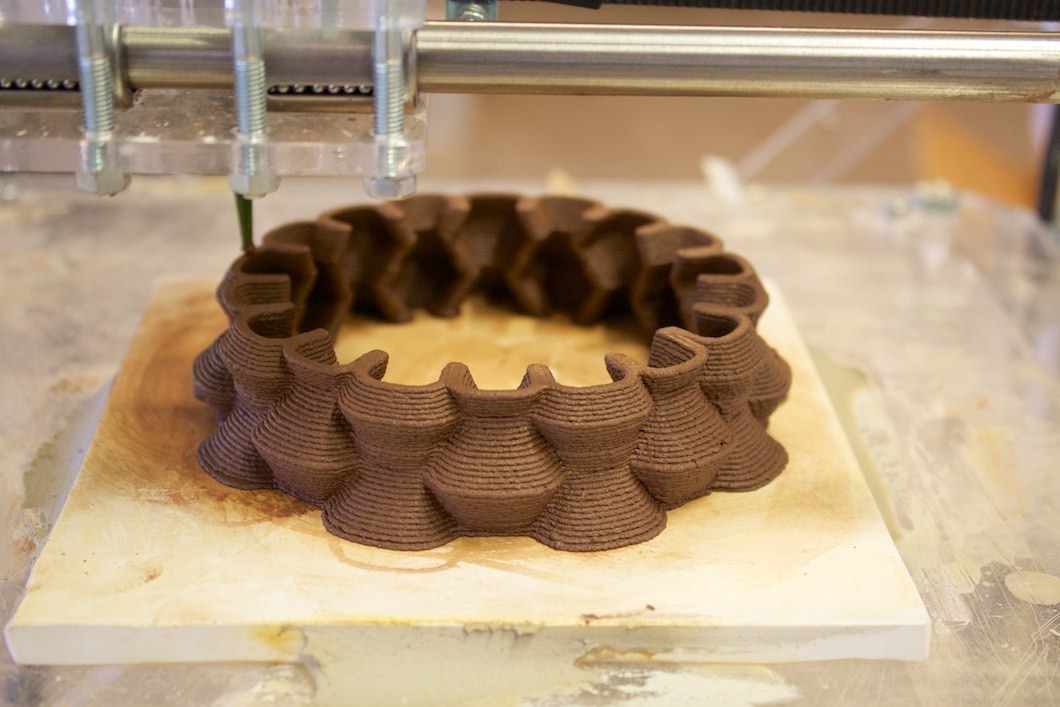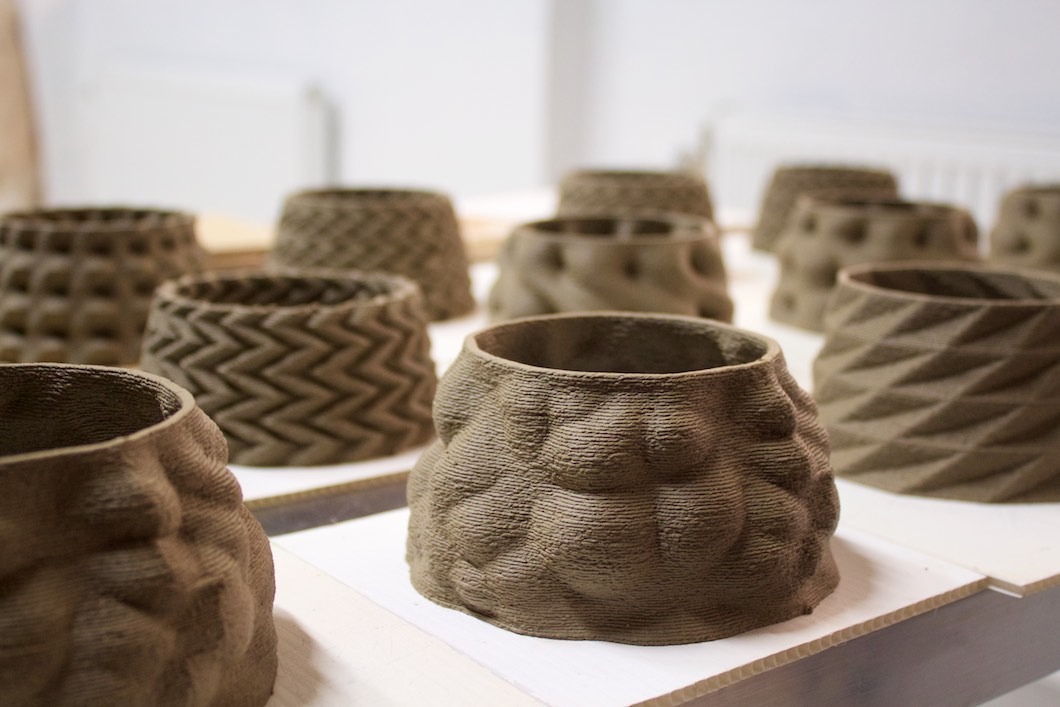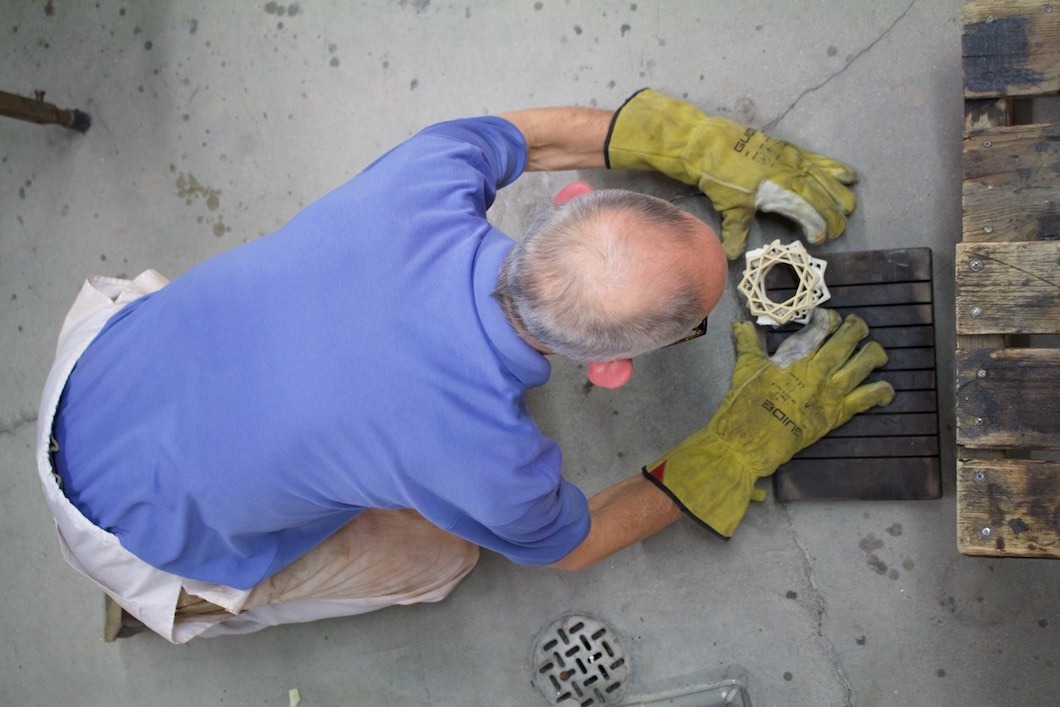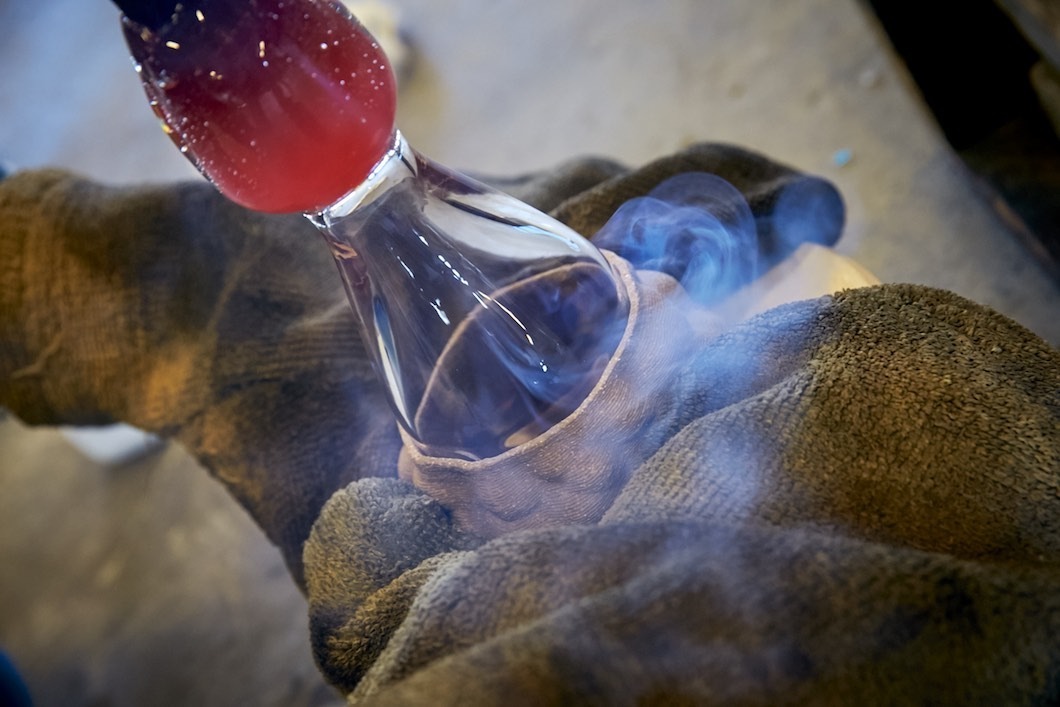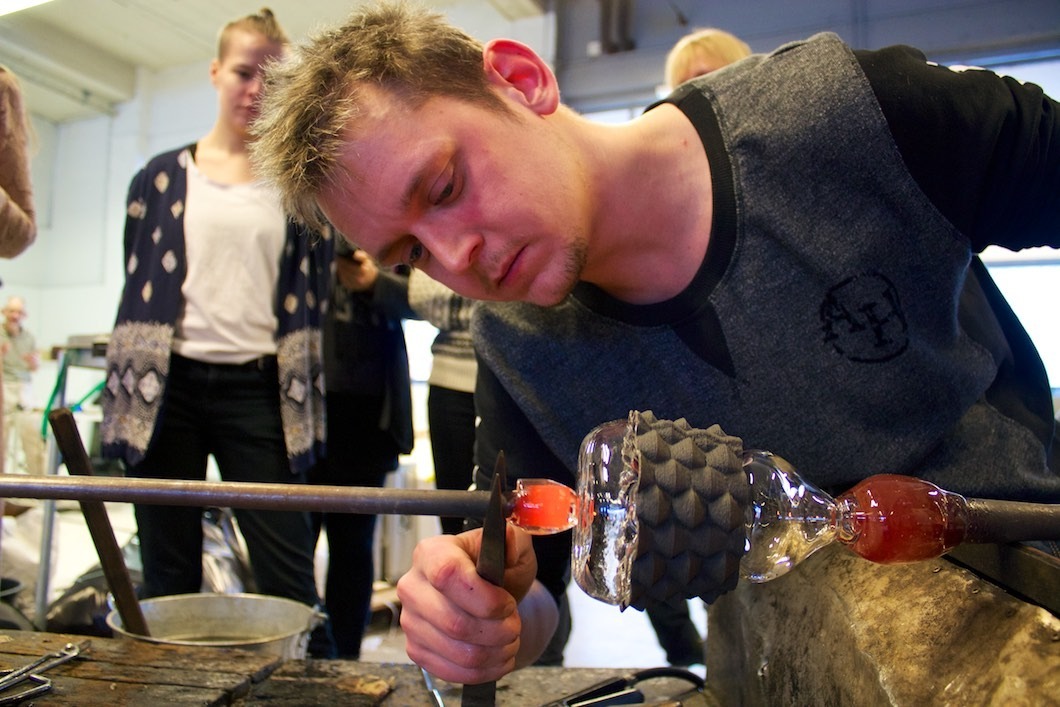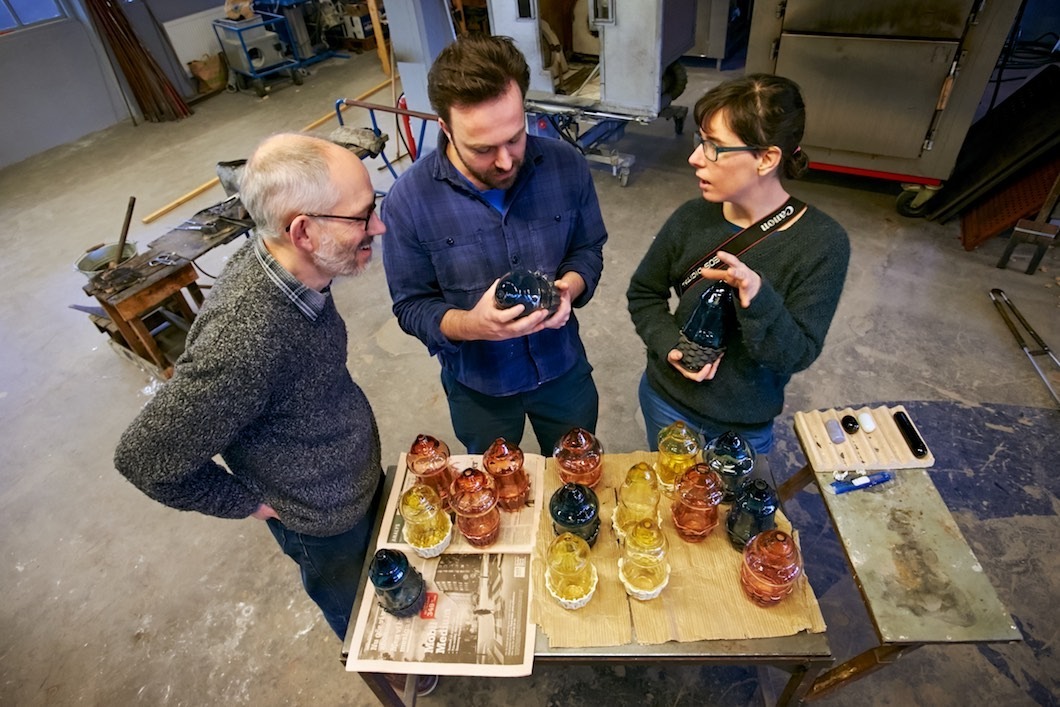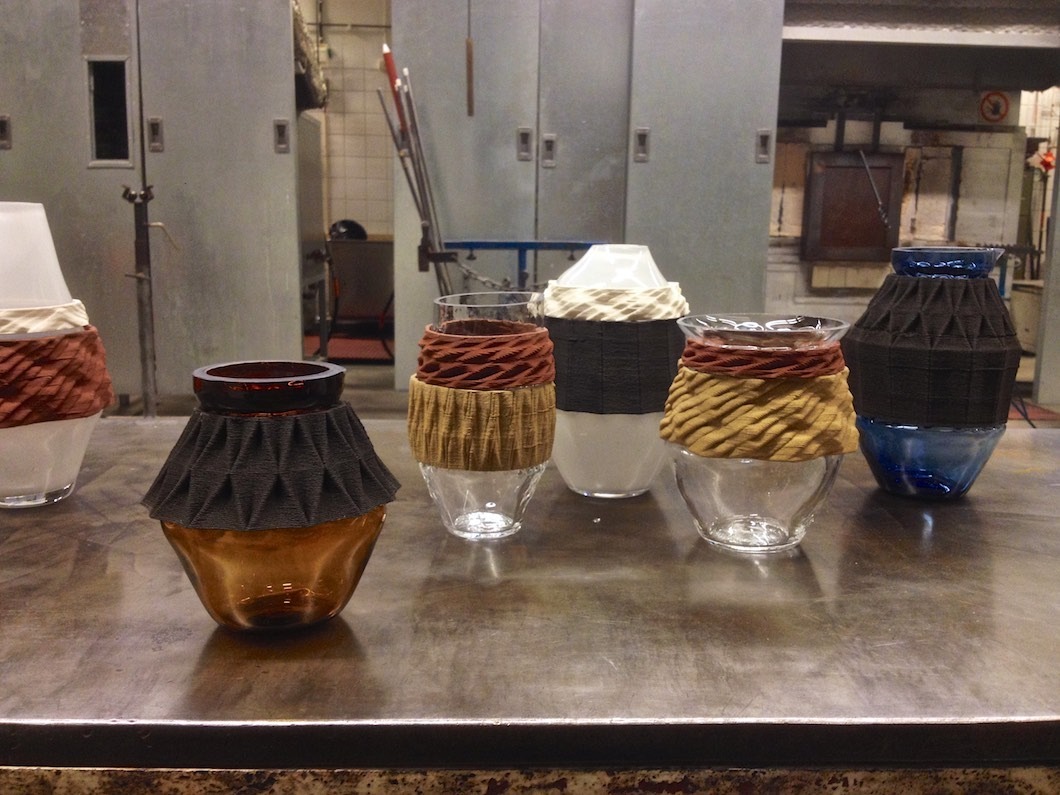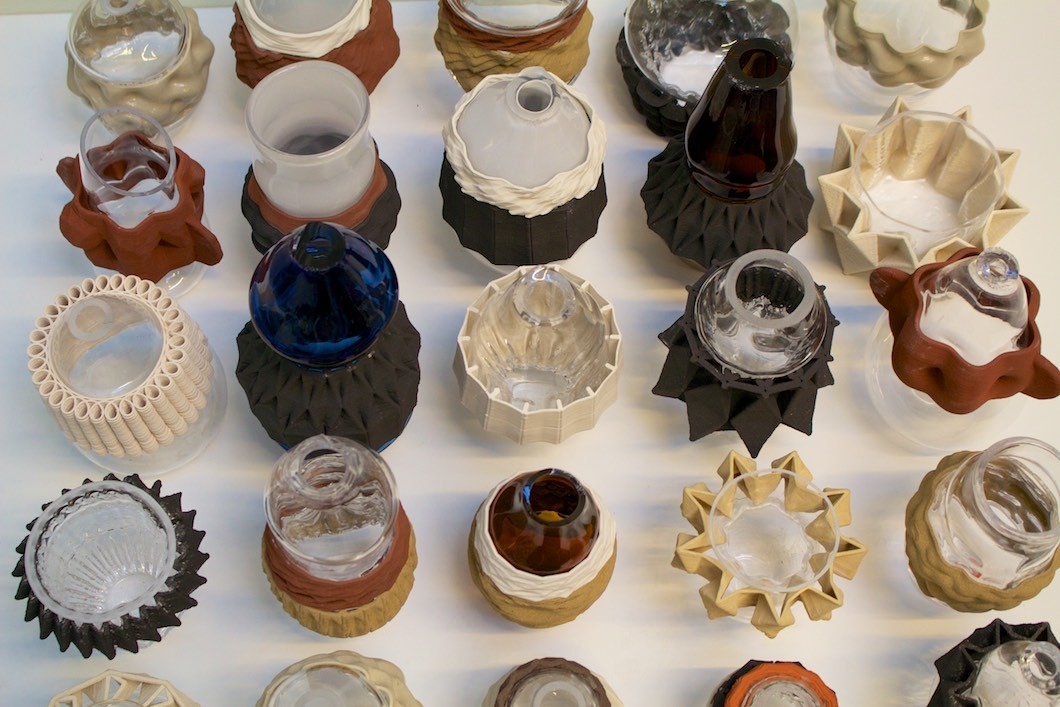Apprenticeship, reputation, recommendation,
skill and status; The Transaction Project takes these aspects of
craft as the basis for a network of production. Building on two
years of investigation, the project brings together the work of
ceramicist
Jonathan
Keep, artist researcher
Charles Stern and design
studio
Unfold. Working with a
technique that applies 3D printing to the problem of ceramic and
glass compatibility, the group has created an iterative process
that allows for rapid testing of materials and form. The results
are composite objects that possess integrity toward handmade and
digital skills.
Apprenticeship,
reputation, recommendation, skill and status; The Transaction
Project takes these aspects of craft as the basis for a network of
production. Building on two years of investigation, the project
brings together the work of ceramicist
Jonathan Keep, artist
researcher
Charles
Stern and design studio
Unfold. Working with a technique that
applies 3D printing to the problem of ceramic and glass
compatibility, the group has created an iterative process that
allows for rapid testing of materials and form. The results are
composite objects that possess integrity toward handmade and
digital skills.
At the core of the project is a technical innovation: the
combination of 3D printed ceramic moulds with blown glass. Through
a long period of material testing in collaboration with many
different actors, a process has emerged which addresses the
compatibility issues between clay and glass. Few works successfully
combine these materials in a hot state because clay and glass
possess different rates of contraction and expansion. Charles Stern
has initiated an investigation into this problem and with the help
of experts including Jonathan keep and Unfold, has identified a
working method that uses ceramic 3d printers and traditional
glassblowing. This is significant for artistic practice and
material science because it opens up a new language of form and
offers an inexpensive, non patented method to explore these two
‘incompatible’ materials.
The Transaction project makes use of 3D printing’s capacity
to iterate swiftly; designs that are 3D printed in clay can be
changed and produced to suit the conditions at hand; traditional
methods of hand building or slip casting being more time consuming
and expensive. Secondly, it embraces the digital
‘reshuffle’ where the use of novel technologies brings
new people, new skills and new perspectives to old problems and
orthodoxies. Thirdly, the design process can be distributed; the
use of cad files and transportable machinery means that ownership
of the process can be devolved to allow more people to become
stakeholders. This entails a wide conception of the designers role
where the chief responsibility is to create a network or system
which enables other makers.
The traditional conception of a craft community has a number of
characteristics: person to person teaching in the form of an
apprenticeship, a strong emphasis on reputation linking status with
the acquisition of skill, and a system of employment that is based
on personal recommendations.
The Transaction Project will continue to take these features as the
basis to develop a network of production that uses a chain of
recommendation to develop and disseminate a new method of digital
fabrication. It takes a technical innovation: a process for ceramic
and glass production and distributes it amongst the owners of
independent glass studios. In this way the project will articulate
a role for digital fabrication as a connecting force for small
scale, bespoke manufacturing. The aim is to create a resource that
supports studio owners in a challenging market.
The project builds on previous studies from 2013-2015 including
residency and work periods at:
Konstfack University College of Arts,
Crafts and Design in Stockholm, Sweden;
Corning Museum of Glass in Corning,
USA; Design Studio
Unfold &
GlazenHuis in Belgium
and
The Glass
Factory in Småland, Sweden
Produced with the generous support of:
Konstfack University College of Arts,
Crafts and Design;
Corning
Museum of Glass;
The Glass
Factory and
Emmaboda Kommun,
Småland, Sweden;
The Swedish
arts grants committee and
The Flemish authorities
Pieces from the Transaction Project have been acquired by the
following institutes for their permanent collection: CID Grand
Hornu (BE) & The Glass Factory Boda (SE)
The Transaction Project has been exhibited in, amongst others:
Cheongju International Craft Biennale (KR); The Glass Factory Boda
(SE); Design Museum Ghent (BE),
INTERSECTIONS #4 at Art
& Design Atomium Museum, Brussels (BE) and
Making a
Difference/A Difference in Making at Red Dot Design Museum
(DE)
fig. 01, 05: photography by Viktor Sjödin
fig. 03, 11, 12, 15: photography by Hans Runesson
other photography by Unfold
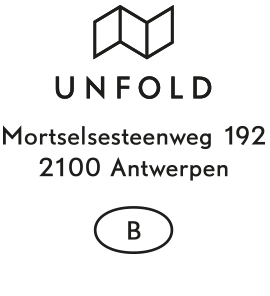 contact
contact